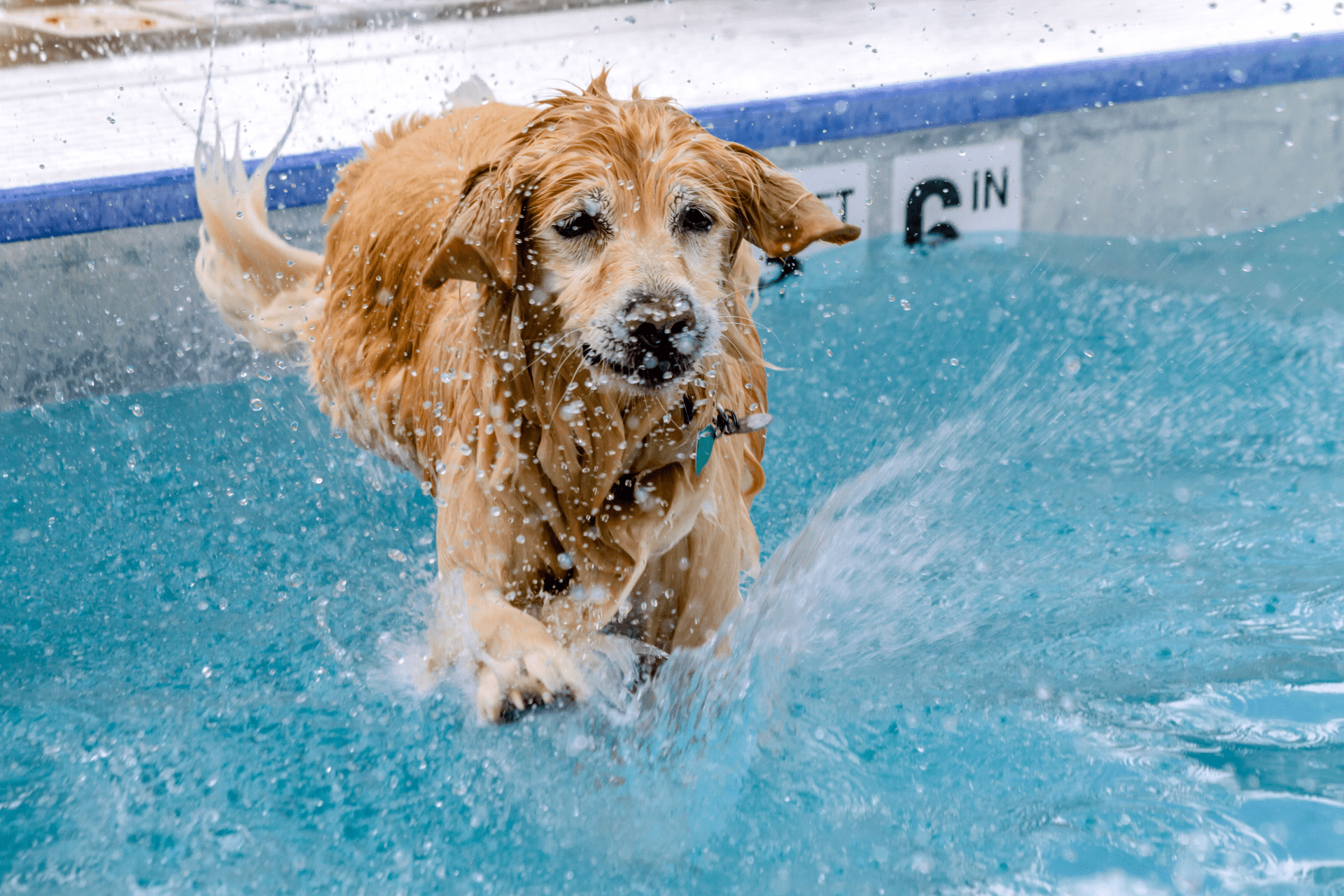Do Dogs Like to Swim in Swimming Pools?
Some dogs like to swim and some do not. A dog’s reaction to swimming in a pool varies greatly depending on the individual dog, its breed, past experiences, and introduction to the water. Here’s a breakdown:
Natural Swimmers
Some breeds, like Labrador Retrievers, Golden Retrievers, and Portuguese Water Dogs, have a natural affinity for water. Historically, many of these breeds were bred for water-related work, such as retrieving fishing nets or game from water. These breeds often take to swimming quickly and enjoy it.
Not Natural Swimmers
Other breeds, especially those with short legs or brachycephalic (flat-faced) features, like Bulldogs or Pugs, might find swimming more challenging and not naturally inclined to swim.
Past Experiences
A dog’s past experience with water can significantly influence its feelings about swimming. A dog with positive introductions to water might be more eager to swim, while a dog with traumatic experiences may be hesitant or fearful.
Introduction
How a dog is introduced to a pool or any body of water can influence its comfort level. Gentle, positive, and gradual introductions are best. Forcing a dog into the water or throwing it in can create fear and aversion.
Safety Considerations
- Not all dogs are strong swimmers. Closely monitoring them is essential, especially when introducing them to a pool for the first time.
- Pool water contains chlorine, which can irritate a dog’s skin and eyes. Always rinse dogs off after they’ve been in a chlorinated pool.
- Ensure dogs have a clear, safe way to enter and exit the pool. Teach them where the stairs or ramp are.
- Consider a life vest, especially for breeds not naturally inclined to swim or for older or less fit dogs.
- Monitor for signs of fatigue. Even if dogs love to swim, they can become tired, increasing the risk of drowning.
- Ensure the pool is fenced or otherwise secured to prevent unsupervised access, reducing the risk of accidents.
In conclusion, while many dogs enjoy swimming in pools, not all do. It’s crucial to approach the activity with an understanding of your dog’s comfort level, physical capabilities, and safety needs. Always prioritize safety and positive experiences to ensure swimming remains a fun activity for your dog.
Two of our three dogs play in the pool and one plays around the pool. They have the best time playing together!







